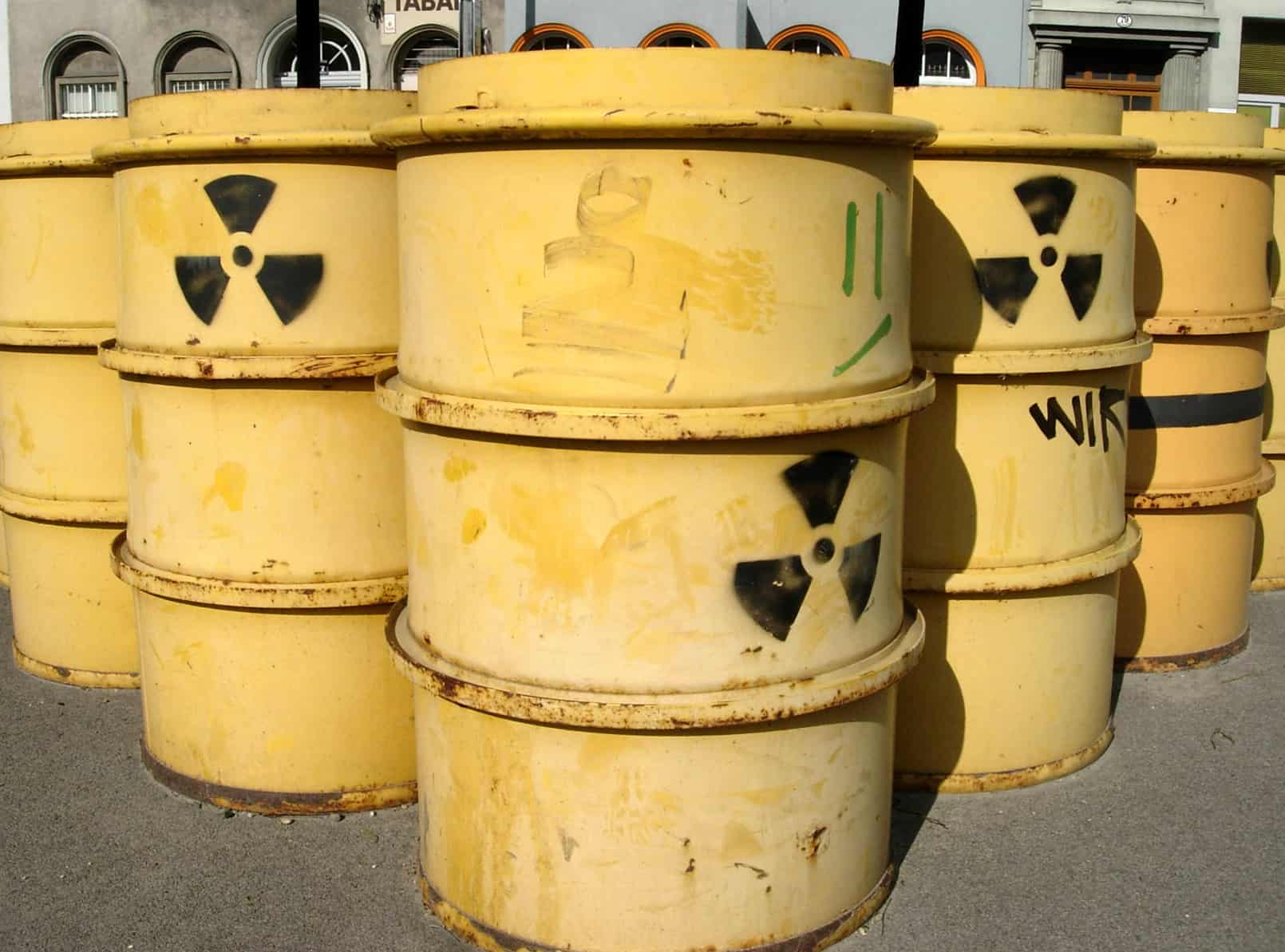
(Credit: Dr János Korom via CC)
Similar in structure and charge to electrons, muons are created when cosmic rays collide with the Earth’s atmosphere. Almost a decade ago, scientists from the National Nuclear Laboratory (NNL) and Glasgow University discovered that these space particles interact differently with uranium than with other matter, scattering instead of passing straight through. Spin-out company Lynkeos was created to harness the discovery and turn it into a commercial product for the nuclear industry, potentially assisting decommissioning, detection and storage, and saving the sector millions of pounds.
“About 10,000 muons are hitting every square metre of the earth’s surface every minute,” said Dr Craig Shearer, project leader at NNL. “Dozens hit you every second and when they do, they pass straight through you – with almost no distinguishable deviation. This is not true when they hit uranium, however. Instead, they scatter.
“When we first looked at this in 2009, we thought we had a 50/50 chance of turning this idea into a product that could be commercialised for the nuclear industry. But the results surpassed expectations at every stage.”
The technology, known as the Muon Imaging System (MIS), is already deployed at Sellafield, with the owners of the Cumbrian reprocessing site having invested £4.8m in the research. Innovate UK also supported the work through £1.6m of funding, with additional backing coming from EPSRC (Engineering and Physical Sciences Research Council), STFC (Science and Technology Facilities Council) and the Royal Society of Edinburgh. It is hoped that the MIS can now be exported globally to help manage nuclear waste at sites across the world.
“The Muon Imaging System can be used for a variety of purposes, whether that’s inspecting old/spent material used in nuclear production to see if it’s safe to store, for imaging the products of thermal treatment processes or inspecting historic waste without needing to chip away its concrete encasing,” said Prof Ralf Kaiser, CEO of Lynkeos.
“This form of detection is providing the nuclear industry with an inexpensive method for testing waste materials, to which there is currently no other technological option. This should help to significantly lower costs within the nuclear industry.”




Poll: Should the UK’s railways be renationalised?
I think that a network inclusive of the vehicles on it would make sense. However it remains to be seen if there is any plan for it to be for the...